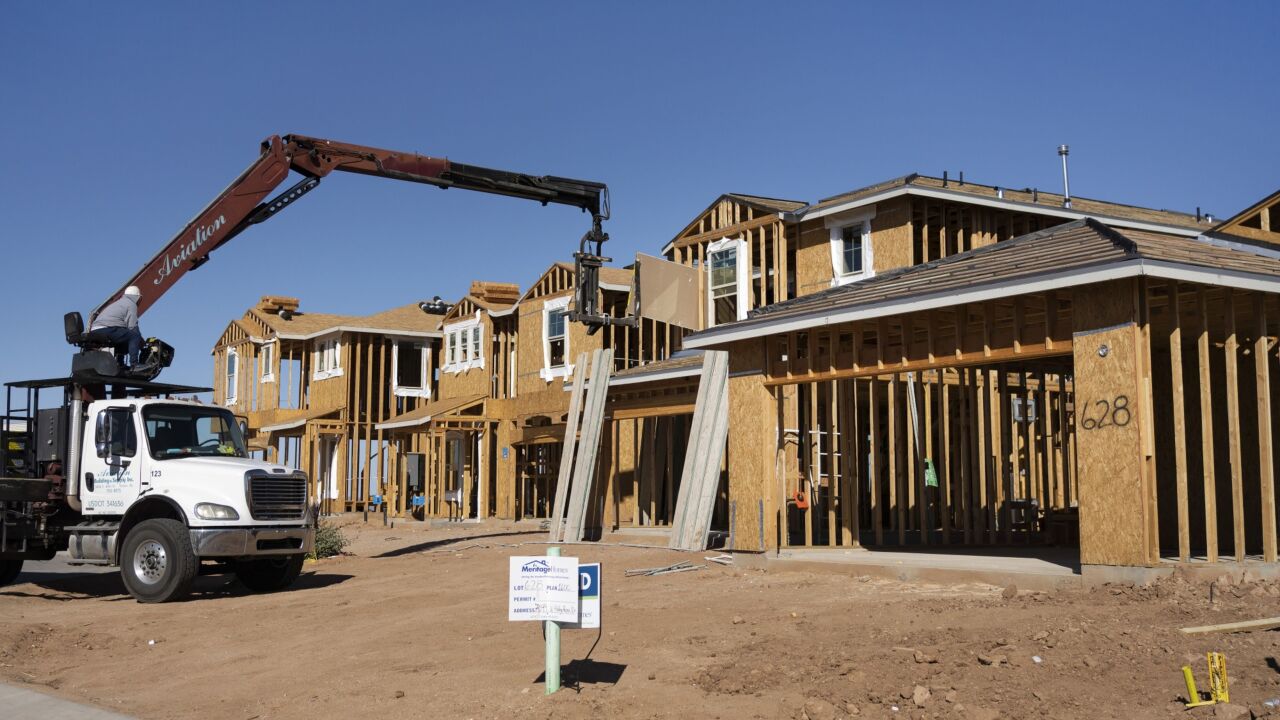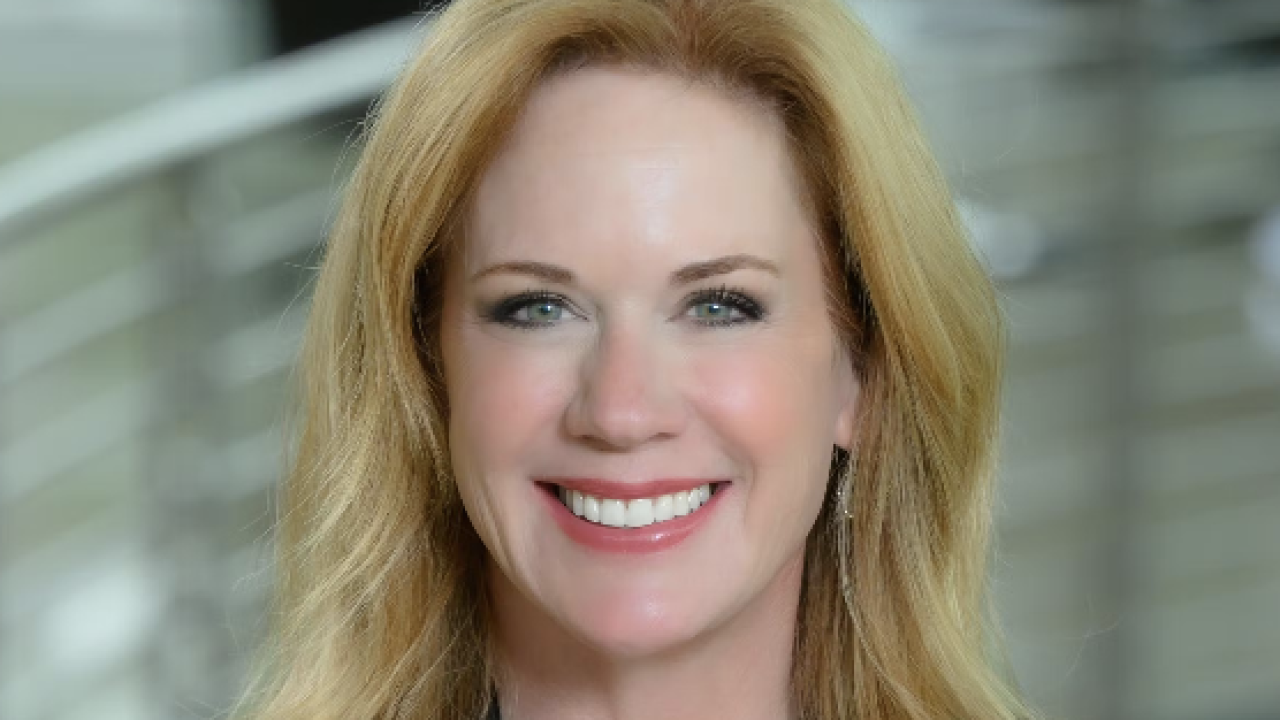

Fannie Mae is expecting a flat to declining interest rate environment for the next two years, while Freddie Mae believes rates will rise.
The projection from Fannie Mae Chief Economist Doug Duncan at the Mortgage Bankers Association's National Secondary Market conference in New York on Tuesday called for the 30-year mortgage rate to decline 15 basis points in 2016 to 3.7%. His counterpart at Freddie Mac, Sean Becketti, forecast a 23-basis-point increase to 4.08%, while
Next year, Duncan saw the 30-year hitting 3.83%, with Fratantoni predicting 4.55% and Becketti forecasting 4.8%.
Duncan is expecting economic growth of between 1.7% and 2% for this year. And it is a result of the continued slow growth that he feels mortgage interest rates should decline this year and increase slightly next year.
For total volume for 2016, the MBA is forecasting $1.6 trillion, with $635 billion of that from refinancings. Fannie Mae is projecting $1.55 trillion with $615 billion of refis and Freddie Mac is projecting $1.58 trillion with $639 billion in refis.
At last October's MBA Annual, Fratantoni projected $1.3 trillion of volume, while Duncan projected $1.4 trillion.
There is the potential for a U.S. economic recession next year, as the nation moves into a new presidential administration, Duncan said.
Because of the presidential election, with both parties looking to gain voter support, the U.S. budget is "mildly stimulative," he told. However, post-election, both political parties are likely to tighten their positions and end such stimulus. So there is the potential for a recession in the second half of 2017 or the first half of 2018, he said.
While this is not in any formal economic forecast from Fannie Mae, "it is prudent from a risk management perspective to consider it," Duncan said.
Among the issues facing the housing market in the near term is the lack of properties for sale, Becketti said. The U.S. needs to have 1.5 million to 1.7 million new homes built per year to meet demand. The current pace is 1 million units. While that pace is increasing, it still will take two and one half years to get to the point where it meets demand.
But he said that is not the whole story. Because of the lack of supply, new household formations have been constrained. Once there are more homes available, that pent-up demand will be released.
Becketti also said he is not yet worried about house prices approaching another bubble. The normal median price to median income ratio is 3.5%, with 4.1% being the point where it is an outlier. The current ratio is 4%.
However, consumer credit conditions are not deteriorating and mortgage loan underwriting remains conservative. Plus the amount of leverage on the typical consumer's balance sheet is not increasing, he said.
Homeowner equity is on the rise, while the total amount of mortgage debt outstanding is flat, a sign that consumers are not increasing their leverage.





